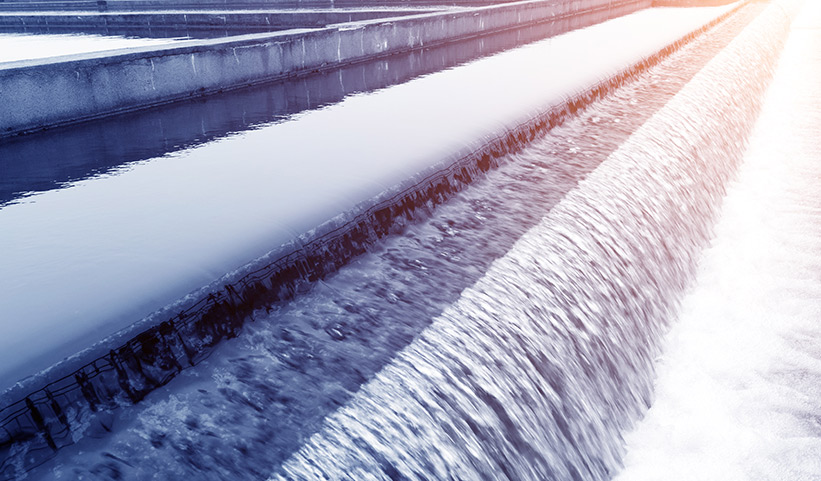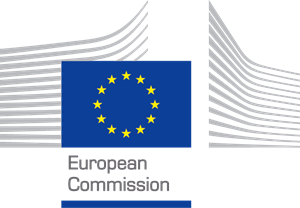Developing advanced filtration technologies to recover value-added bioproducts from wastewater.

Project AFTERLIFE: Advanced filtration technologies for the recovery and later conversion of relevant fractions from wastewater.
AFTERLIFE proposes a flexible, cost- and resource-efficient process framed in the zero-waste and circular economy approach for the recovery and valorization of the relevant fractions from wastewater.
The first step of such process is an initial step consisting of a cascade of membrane filtration units for the separation of the totally of solids in wastewater. Then, the concentrates recovered in each unit will be treated to obtain high-pure extracts and metabolites or, alternatively, to be converted into value-added biopolymers (polyhydroxyalkanoates). Moreover, the outflow of the process is an ultra-pure water stream that can be directly reused.
The outcomes of the project are focused on:
– Demonstration of an integrated pilot using real wastewater from three water intensive food processing industries (fruit processing, cheese, and sweets manufacturing)
– Demonstration of the applicability of the recovered compounds and the value added bioproducts in manufacturing environments
The design and optimization of the AFTERLIFE process following a holistic approach aims to contribute to improve performance and reduce the costs associated to wastewater treatment by maximizing the value recovery.
Our main tasks
-
- Project coordination
-
- Development of a holistic mathematical model of the process
-
- Multidisciplinary optimization (MDO)
-
- Evaluation of the optimization problems results
-
- Particularization of the model and distribution of the optimal results
-
- Process conceptual design and basic engineering
Partners
BIO BASED EUROPE PILOT PLANT | CELABOR | CITROMIL | CSIC | CTC | HERITAGE 1466 | IDENER.AI | INNOVEN | JAKE | LUREDERRA | MI-PLAST | NOVA-INSTITUTE | NOVA.ID.FCT | VTTStart date – finish date
09 / 2017 - 02 / 2022

This project has received funding from the European Union’s Horizon 2020 research and innovation programme under grant agreement Nº 745737

